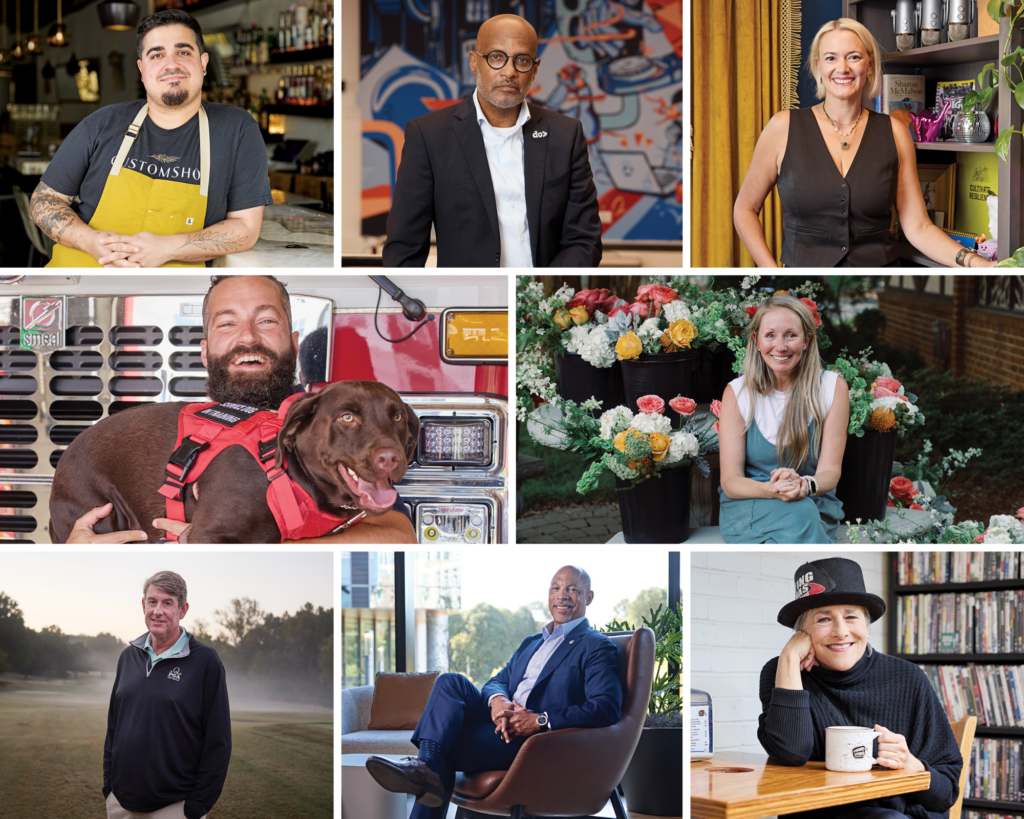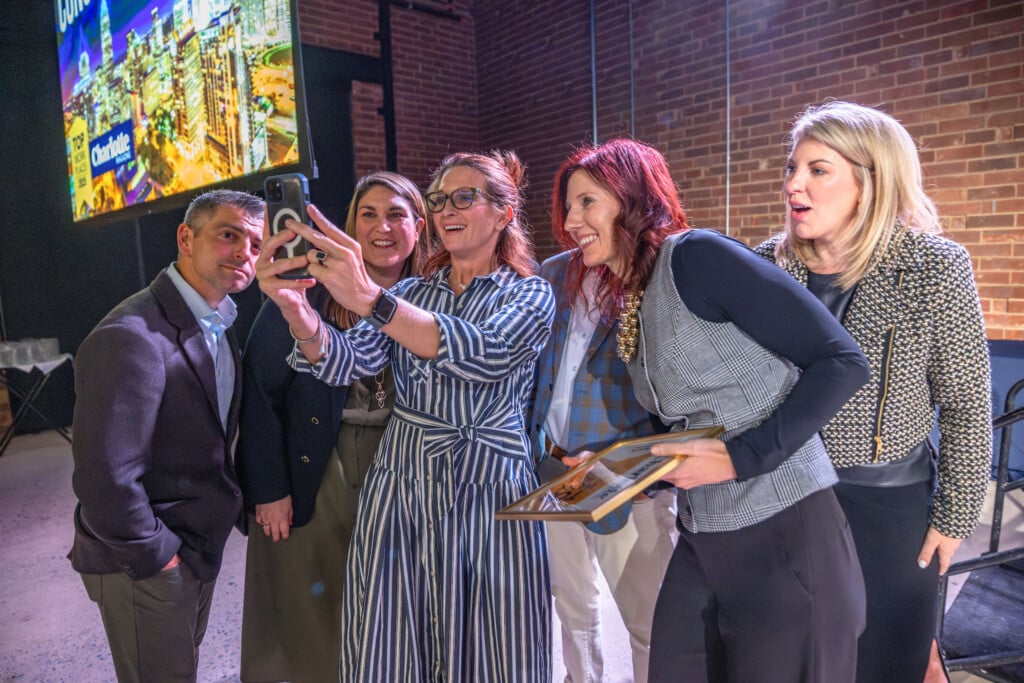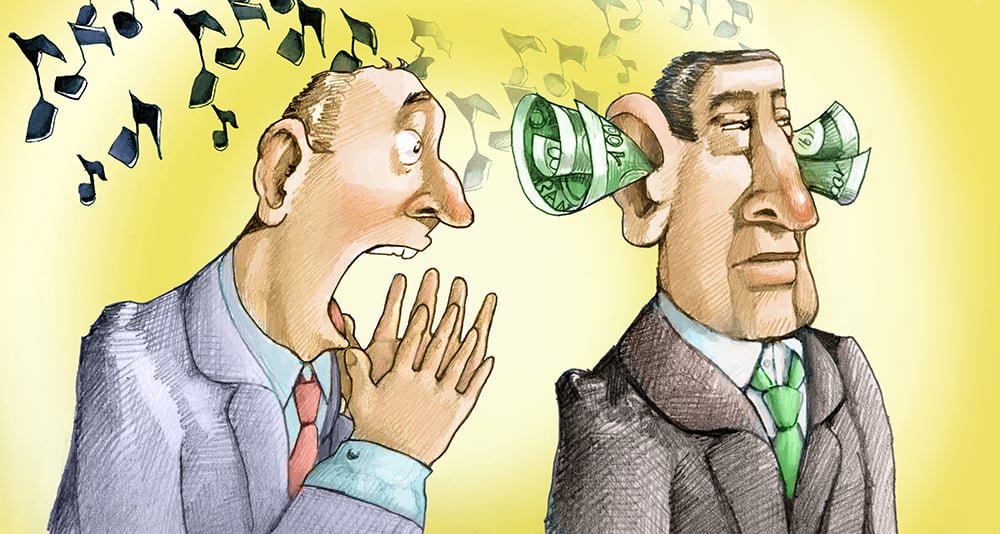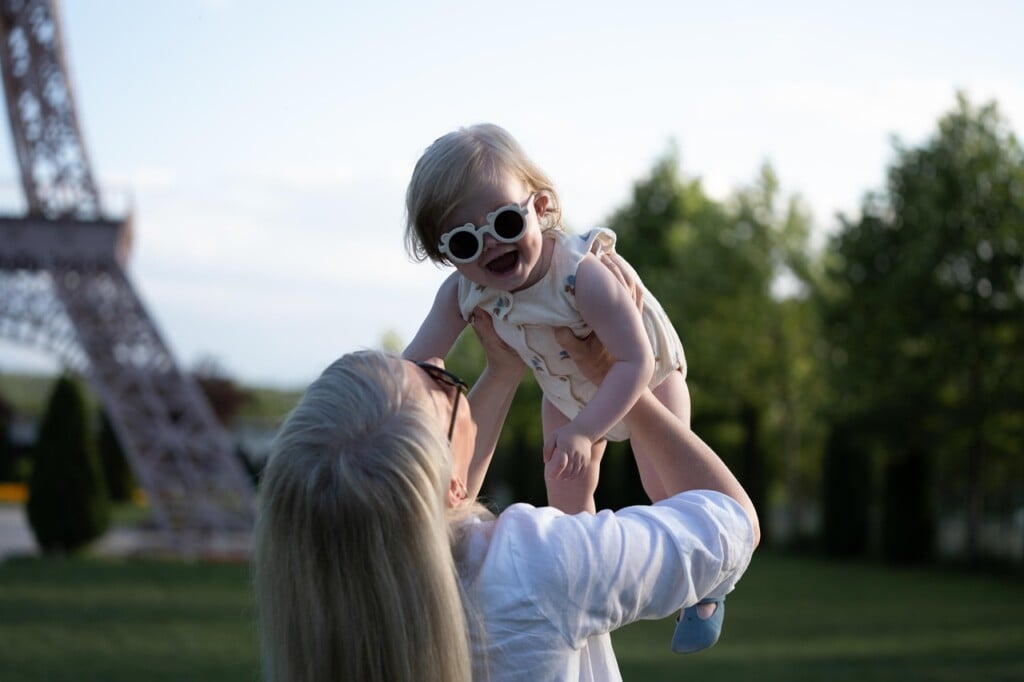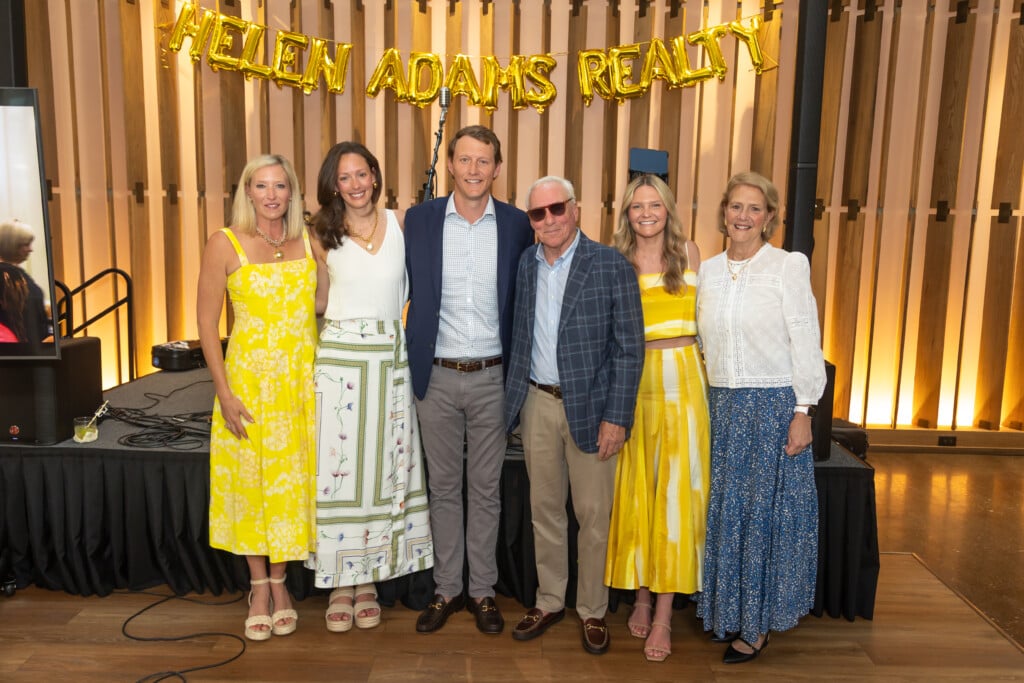The Bad Seed: When Adoptions Go Wrong
JJ the boxer was a challenge when I adopted him. I knew how he felt

He tried to bite me in the car after we picked him up to take him home. Maybe it was his malnourished frame or the panic I saw in his darting eyes. But I wasn’t afraid. My chest swelled with compassion that made me want to cry.
I understood what he was feeling.
I did not want a dog, but my mate at the time did. It was our relationship pattern—my wants that weren’t aligned with his were evidence that I was a problem. I had worn that skin for most of my life. I moved to Charlotte hoping to shed it. I bought a house with that man—who was cheating on me—because if we became financially enmeshed, he would eventually marry me, and that would prove to the world that I wasn’t a problem. And if I got the damn dog, it would make me look easy and accommodating, and no one has a problem with that.
That was how I, a problematic, adopted child, became the adoptive mother to JJ, the problematic boxer.
JJ was four months old the day we picked him up from his foster home in Lake Norman. Blue Ridge Boxer Rescue saved him after he was found walking alongside Interstate 77. The agency surmised that he had escaped from a breeder. His docked tail was still healing.
My resistance to dog ownership gave way to an urgent empathy on that drive home. I knew what it was like to feel untethered and afraid. I knew what it was like to be handed over to strangers in times of distress. I knew the desperate hunger for safety. And I needed to dispel these feelings for him.
Sometimes it’s easier to spot your inner turmoil and attempt to resolve it in another. Animals can help humans in that way.
JJ became my constant companion, but he was dangerous and tough to manage. Whatever early traumas he experienced made him distrust people. After our first meeting, he never nipped at me again. But he did that and more with plenty of others. Introducing new people or passing strangers on a walk was chaotic and challenging.
On one of our first trips to the vet, they showed us to a small exam room and closed the door. I sensed a budding anxiety in JJ and sat on the floor to calm him. When the door abruptly swung open, JJ panicked and lunged toward the vet tech, who fled the room.
I was in a full sweat when the vet cracked the door and told me we’d need to place a muzzle on him. JJ, backed in this tight little room, surrounded by a stressed mother and fearful staff, launched into full fight mode, as if to make himself clear. The vet told me we’d need to reschedule and try fresh on another day. I assured her he was really tender and sweet, just very nervous.
On our next attempt, we got the muzzle on first, outside in the open air. But inside, this little pup shook and clawed his own muzzle right off. Out we went.
Before we returned a third time, I researched how we might successfully complete this vet visit. I read about dogs’ hypersensitivity to energy—how they can perceive anxiety and fear as a threat. I knew I had to settle myself so I could help him stay calm.
On our third visit, I sat in the parking lot and cycled through several rounds of deep breaths, counting long inhalations with slow and complete exhalations. I led him calmly inside, mindful of my leadership role to set the tone and energy I wanted him to match. It worked—for a time. A more mindful vet might have understood the psychology I employed.
But this vet had already deemed him problematic and aggressive. When she brought that energy into the room, JJ played to type—biting the tech and drawing blood.
The vet called me later to suggest that I put him down—that he wasn’t safe and could cause me significant problems and liabilities. My heart jumped into my throat. “No!” I blurted. She shared stories and attempted to soothe my feelings of guilt and resistance. I thanked her and hung up.
Not once did I consider heeding her. There was nothing wrong with this dog, and I wasn’t going to throw him away. He’d had a tough early life and had survival-based reactions. He simply needed love and consistency, and to be treated with compassion and understanding.
I eventually found a vet who knew how to handle him. The team at Independence Veterinary Clinic knew that their energy set the standard for the animal’s. I warned them of our past experiences. Instead of approaching him warily, Dr. Bryan stood calmly but firmly and spoke with me for a while before turning to him. When JJ sensed everyone’s calm and mutual trust in the room, he was willing to acquiesce.
JJ would have a few more brushes with his survival instinct. But I found the support and guidance I needed to be the mom he required. He was not a bad seed.
The guy and I disagreed on how to train the dog. When JJ had an accident and I saw him whack JJ with a flip-flop, I had no problem being a problem. That was what made me pack up and leave. Treat me how you want. You can’t hurt me. But hurt my dog, and we’re done.
Advocating for JJ served us both. Sometimes it’s easier to stand up for someone else. After you earn the trust of the distrustful, you can’t help but start to trust yourself.
The approaches to animal and human adoptions are similar in many ways. Adoptees like me often discuss how adoption—especially since the U.S. Supreme Court’s Dobbs decision overturned Roe v. Wade—is oriented more to adopting parents’ wishes than adopted children’s needs. It’s as if the system presumes that children up for adoption are lucky to find any family that will have them.
But what happens when the adopted child, as so many of us do, becomes “difficult”? I was a “good child” for the first 12 years of my life. But when I entered my teen years, I did what most teens do: try to establish my own identity. My adoptive parents reacted with anger. I reacted by rebelling even more. They felt their only option was to hand me off to other people.
That turned out to be far more dangerous. I spent my adolescence and early adulthood cowering before people who abused me. Adult men who sought power and money used me as a commodity—positioned me as bait, traded me for favors, or offered me as a reward. I acclimated because I had nowhere else to go.
Years of fawning left me angry and bitter. People love cute babies and puppies, bubbly teens, and cuddly dogs. Growling dogs with exposed teeth and chain-smoking young adults with bad attitudes often have to make it on their own.
On my last car ride with JJ, a different man was driving the car: my husband, Gray. The first time they met, Gray quickly jumped into the passenger seat before I could make a slow introduction to keep JJ calm. For a moment, I panicked. JJ had (rightly) bit the previous two guys. But within moments, JJ had jumped from the back seat into his lap, curled up, and rested his face against Gray’s chest.
JJ did not need to be easy to be good. He did not need to earn my love by behaving as I wished. The unconditional love and acceptance I provided for JJ cracked my previously impenetrable shell—built on the premise that I was bad, and you couldn’t hurt me because I’d get you first.
We took that last drive with JJ in silence, overwhelmed by our tears. Dr. Bryan, the only vet who understood him, was patient and gentle as he helped me undergo the last and hardest act of advocacy for my dog.
So much had changed since we first found one another. Back home, we had a 2-year-old girl and a 6-month-old boy. As I sobbed over JJ, he gave me a look, as if to say: You know how to be a mom now. My work here is done. As JJ took his final breaths, I whispered into his soft, stinky ear, “Thank you for bringing me back to life.” I knew he had needed me. He knew I had needed him.


